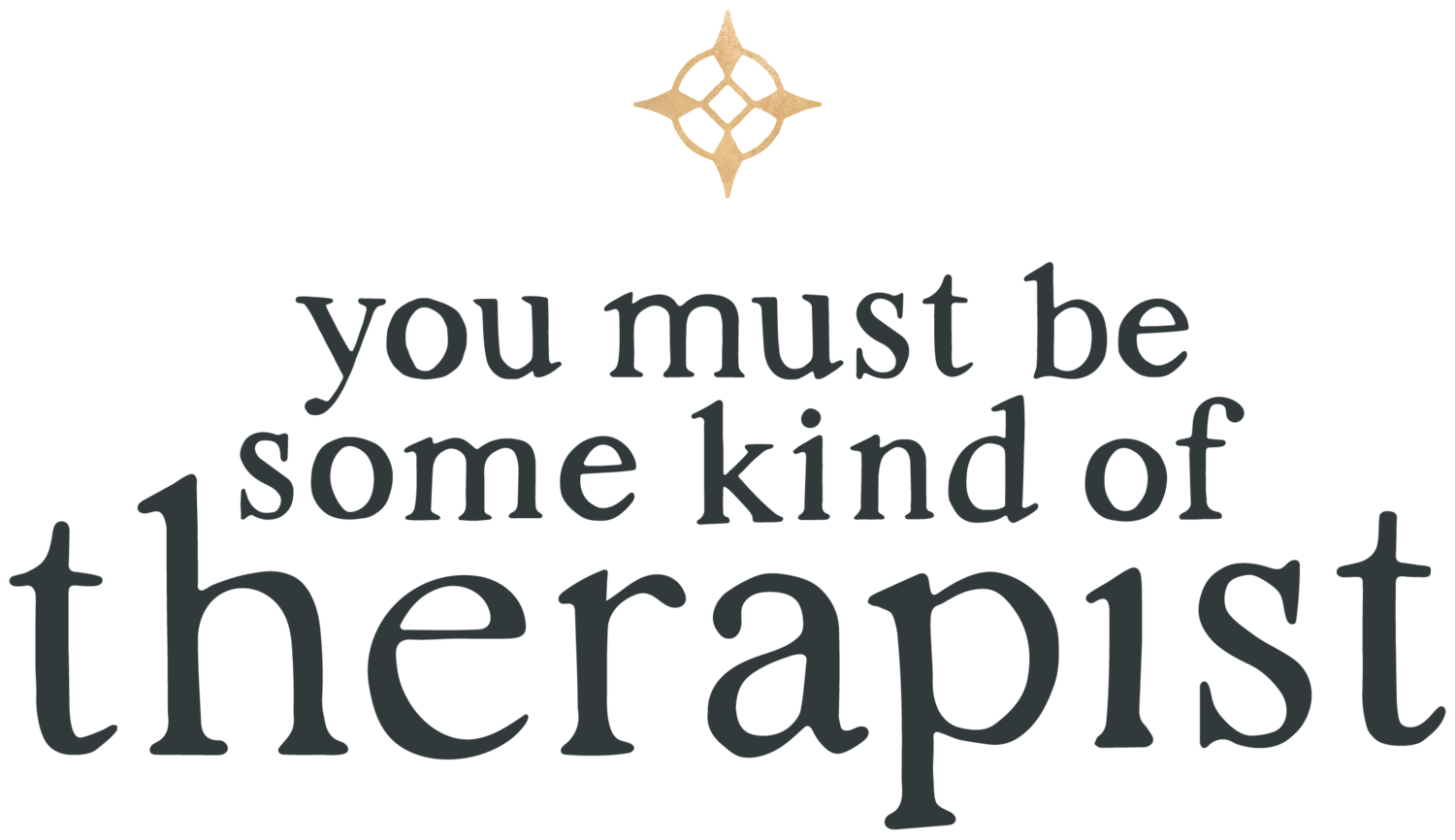Neurotypical Spectrum Disorder
The following was written by an autistic therapist named Matt Lowry, and is shared with his permission. (Item C-5 was added by me.) I laughed out loud several times while reading it. Written in the typical style of DSM-5 psychiatric diagnoses, it highlights the absurdity of many social norms, and flips the script by portraying how an autistic person might view the social mannerisms and unquestioned expectations associated with neurotypicals.
Neurotypical Spectrum Disorder 299.65 (F84.8)
A) Persistent need for social communication and social interaction across multiple contexts, as manifested by the following, currently or by history (examples are illustrative, not exhaustive). 1. Obsession with ongoing social communication, verbal sharing of current activity, and need to continually be in the presence of, or communicate with, other neurotypicals. 2. Heterogeneous communication that is limited in verbal complexity, combined with abstract and often unexplained nonverbal cues (including body posture, hand gestures, and facial expressions) that results in expectation of telepathic understanding of meaning in communication. 3. Need for constant social stimulation across a broad variety of activities, including, but not limited to watching sporting events, drinking alcohol, watching television, playing sports, playing video games, shopping, going to the bathroom in public, and being in public.
Specify current severity: Severity is based on social obsessions and level of need for consistent social interaction.
B) Restricted concepts of what is socially appropriate, or an ambiguously-defined "normal," as manifested by at least two of the following, currently, or by history (examples are illustrative, not exhaustive):
1. Stereotyped or repetitive beliefs that have been passed down from prior generations and are not questioned 2. Injection of ritualistic phrases into social interaction, and/or asking rhetorical questions that lack genuine query and exist solely to perpetuate the duration of social interaction ( I.e. "How are you?" "I'm fine!" "Working hard or hardly working?") If the social interaction is paused, these phrases may need to be repeated before communication can be resumed. 3. Insistence on sameness, inflexible adherence to prior behaviors "the way it's always been done," or ritualized patterns of nonverbal or verbal behavior (i.e. adherence to family traditions despite being draining of energy, emotions, and causing conflict.) 4. Loosely defined and poorly maintained interests that lack intensity or focus, and tend to be used anecdotally in order to facilitate social communication. 5. Hyporeactivity to environmental stimuli, requiring excessive and ongoing stimuli to supplement the environment (i.e. drinking alcohol while in nature, listening to loud music while driving, or talking on the phone while doing other activities).
Specify current severity: Severity is based on social communication obsessions and lack of defined interests.
C) Deficits in healthy identity development as manifested by at least two of the following, currently, or by history (examples are illustrative, not exhaustive):
1. Identity is based largely on the social group with whom the client identifies (i.e. religion, race, sports team, political party, alcoholic beverage of choice) 2. Due to identity being based on a particular social group, the client has hostility towards other social groups that the client finds to be in opposition of their own social group. 3. The client has an obsessive need for competition to prove their own abilities and to somehow out-do or outmaneuver others. This need may lead to their own competition or an obsession with competition on television (i.e. sporting events, competitive talent shows, competitive cooking shows, or shows where contestants are eliminated weekly). 4. The client engages in self-elevation, as evidenced by braggartry, pageantry, and endless self-promotion. 5. On more days than not, the individual experiences an unquestioned compulsion to perform ritualistic acts that signal membership in a perceived social group, such as a gender, despite costing the individual significant time, money, or physical discomfort. The individual holds beliefs that confirm these rituals are necessary. If they are unable to perform the rituals, they feel excessive anxiety, and may even suffer a crisis of identity. Examples include but are not limited to: spending large amounts of time and money on make-up and other cosmetic procedures; wearing uncomfortable and physically restrictive clothing, such as high heels or tight pants; spending more money on a product that is marketed as congruent with one's identified gender than on an equivalent product marketed to another gender; apologizing when one has not done anything wrong, simply because this is a gender-related norm; or constraining one's effect or vocal range to emulate the norms of a given group.
D) Symptoms must be present in the early developmental period (but may not become fully manifest until encountering traditional neurotypical social settings like bars, clubs, or sporting events later in life) E) Symptoms cause clinically significant impairments in interaction with people of different neural groups, cultural groups, racial groups, or religious groups than the group with whom the client identifies. F) These disturbances are not better explained by intellectual disability (intellectual developmental disorder) or global developmental delay. Intellectual disability and neurotypical spectrum disorder frequently co-occur; to make comorbid diagnosis of neurotypical spectrum disorder and intellectual disability, social communication should be below that expected for general developmental level.
Specify if: With or without accompanying intellectual impairment. With or without accompanying language impairment. Associated with another neurodevelopmental, mental, or behavioral disorder. High-Functioning or Low-Functioning.
Original text by Matt Lowry, shared with permission from the author. Item C-5 added by Stephanie Winn, LMFT.


